Hygiene habits vary widely around the world, and some can be downright surprising to Americans. These 14 global practices showcase unique approaches to staying clean and healthy, offering a fresh perspective on routines we often take for granted.
From high-tech toilets in Japan to communal bathhouses in Finland, these customs reveal how culture shapes hygiene in fascinating ways.
Some habits might feel unfamiliar, like using bidets or removing shoes indoors, but they highlight creative and effective ways people prioritize cleanliness. Dive into these global practices—you might even find a few worth trying yourself!
Daily Sauna Visits in Finland
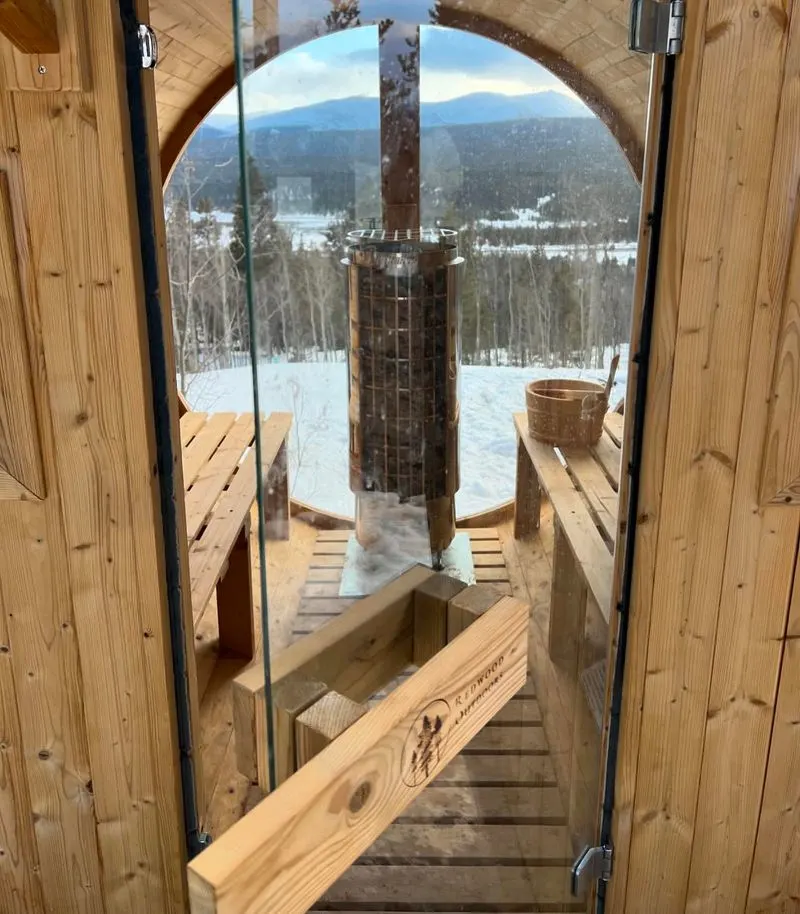
The Finnish sauna is more than just a spa luxury; it’s a daily ritual for many. In Finland, saunas are considered a place for relaxation and socializing.
Many homes, workplaces, and even apartments come equipped with a sauna. The practice is believed to promote physical health through improved circulation and mental well-being by offering a peaceful escape.
Regular sauna visits are seen as essential in combating the harsh Finnish winters, offering warmth and comfort. This tradition emphasizes wellness and community, making it a unique part of Finnish daily life.
Communal Bathing in Turkey
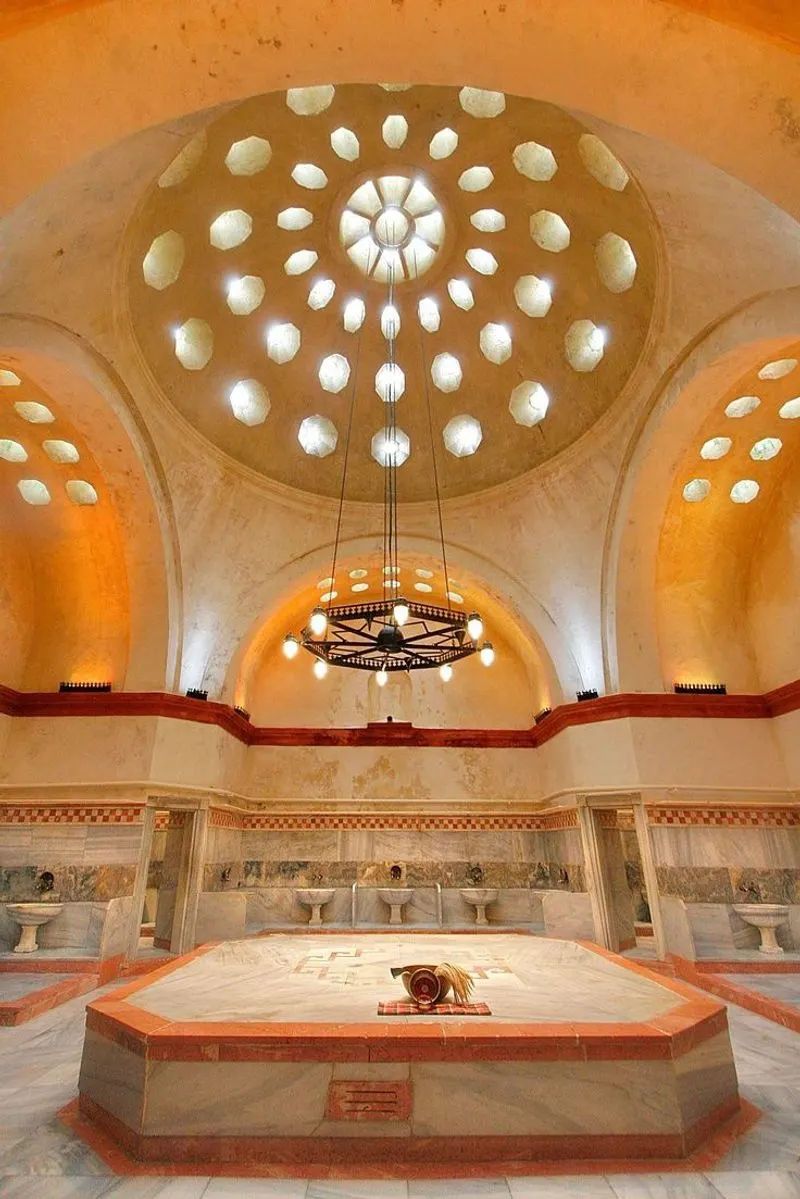
Turkish baths, or hammams, offer a communal bathing experience that many Americans might find unusual. These spaces are not just for cleansing the body but also serve as social hubs where people gather to relax and interact.
The ritual involves a series of rooms with different temperatures, where bathers progress from warm to hot, and finally, to a cool rinse. This practice highlights the Turkish emphasis on community and relaxation, providing both physical and social rejuvenation.
Hammams are popular among locals and tourists alike, offering a glimpse into traditional Turkish culture.
Barefoot Inside Homes in New Zealand
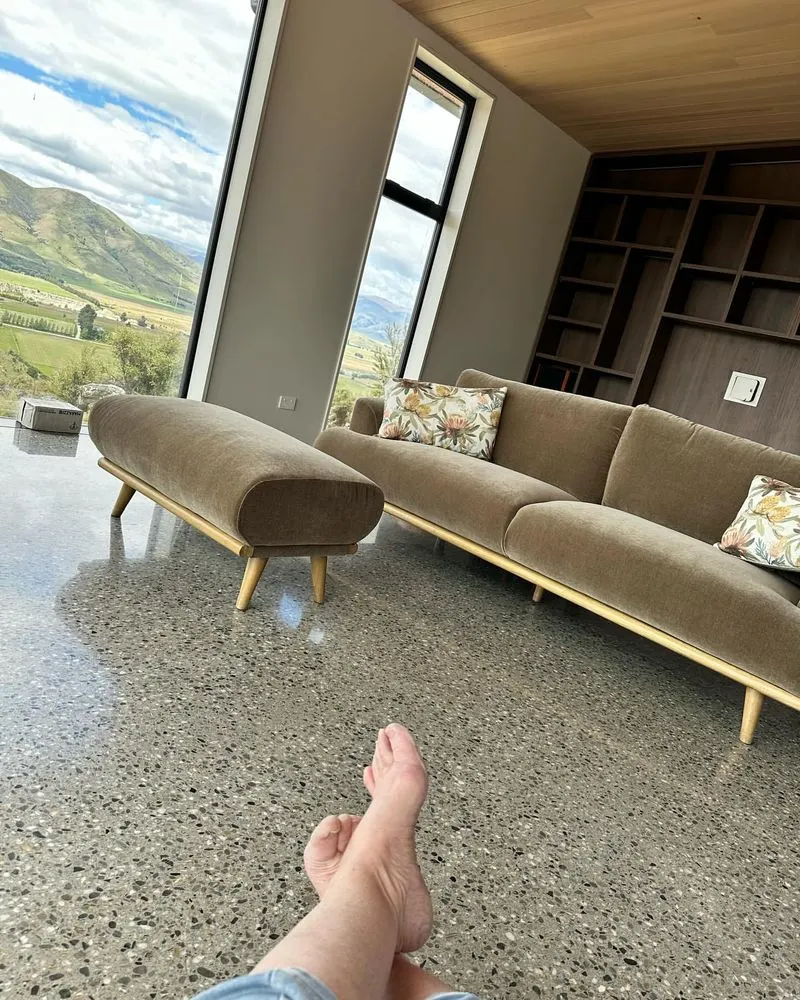
In New Zealand, it’s customary to remove shoes before entering a home, a practice that might surprise Americans used to wearing shoes indoors. Walking barefoot indoors is seen as a way to keep the home clean and free from outside dirt.
This habit reflects respect for the living space and a desire to maintain a sense of purity within the home. Many New Zealanders feel more comfortable and relaxed without shoes, and this practice is particularly common in family homes and rural areas.
It symbolizes a laid-back lifestyle and connection to nature.
Air Drying Clothes in Italy
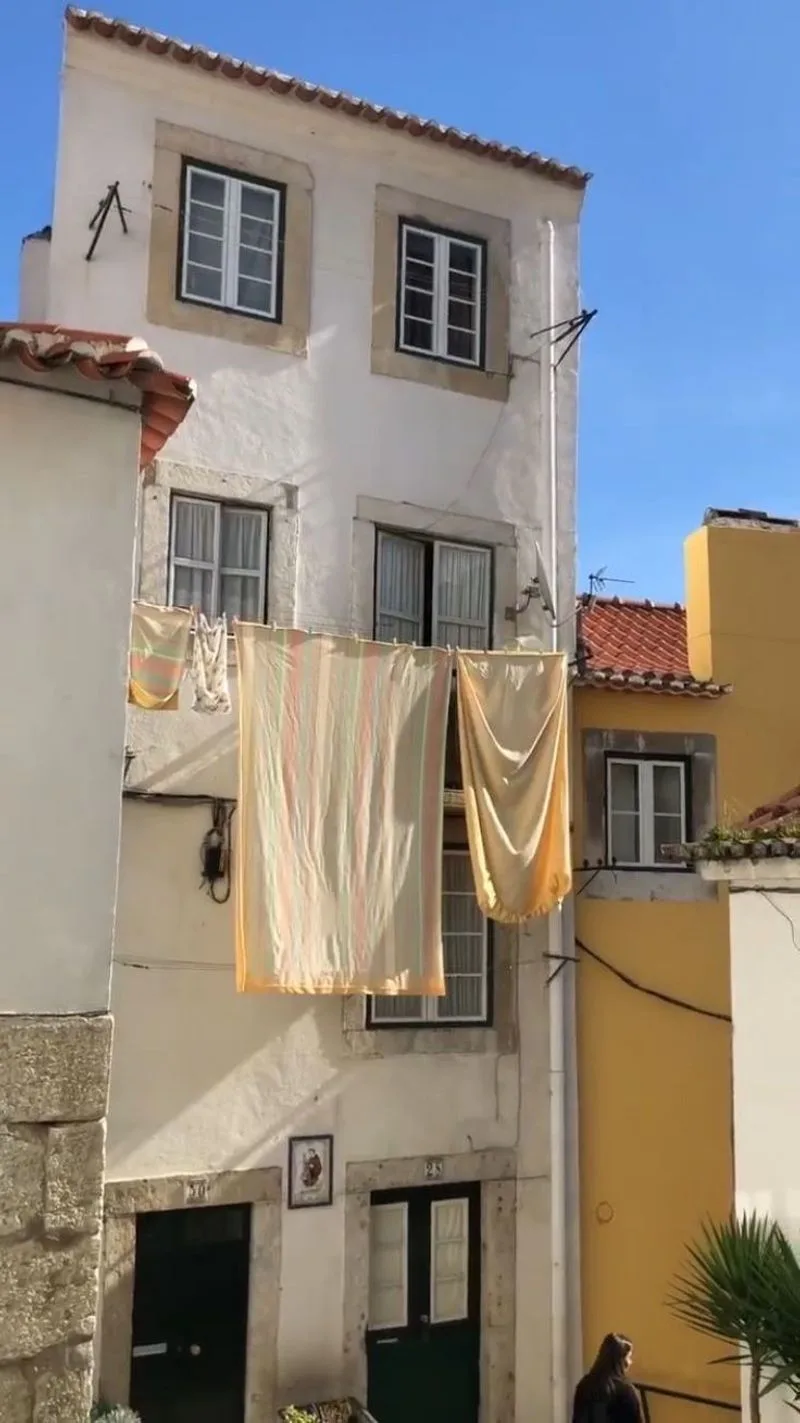
In many parts of Italy, air drying clothes on a line is the norm, contrasting the American reliance on electric dryers. This practice is rooted in tradition and practicality, making use of the warm Mediterranean climate.
Lines strung across balconies and gardens are a common sight, offering a natural and energy-efficient way to dry laundry. The fresh scent of air-dried clothes is often preferred over the artificial softness from a dryer sheet.
This habit reflects a connection to nature and a sustainable lifestyle choice, emphasizing resourcefulness.
Street Sweeping in Japan
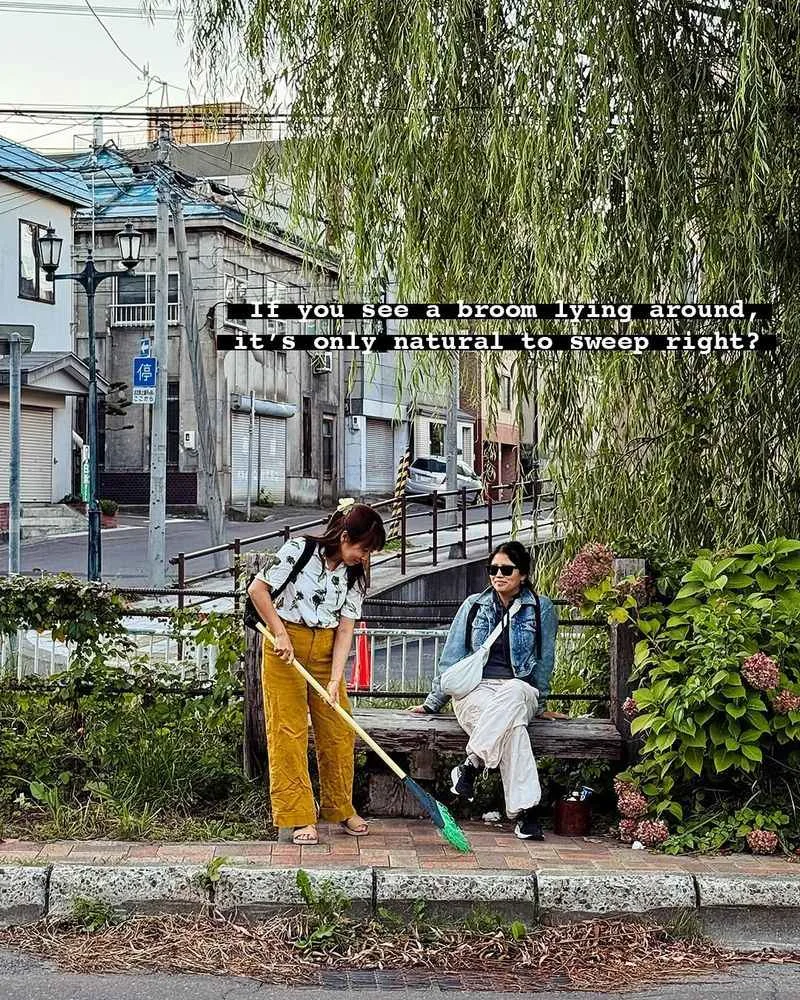
In Japan, cleanliness extends beyond personal hygiene to community spaces. It’s common for school children and community members to participate in street sweeping and cleaning up public areas.
This collective effort is seen as a way to instill responsibility and respect for one’s environment from a young age. The practice reflects a cultural emphasis on order and cleanliness, contributing to Japan’s reputation for immaculate public spaces.
It’s a communal activity that fosters teamwork and civic pride, ensuring that neighborhoods remain tidy and welcoming.
Tooth Brushing in Japan

In Japan, dental hygiene is taken seriously, with many people brushing their teeth after every meal, not just in the morning and evening. It’s common to see individuals carrying a toothbrush and toothpaste in their bags, ready to clean their teeth after a work lunch or a quick bite.
This habit is rooted in the importance of maintaining oral health, which is seen as crucial in preventing dental issues and maintaining a fresh breath. Public restrooms often provide sinks and mirrors specifically for this purpose, demonstrating the cultural emphasis on cleanliness.
Using Bidets in Italy
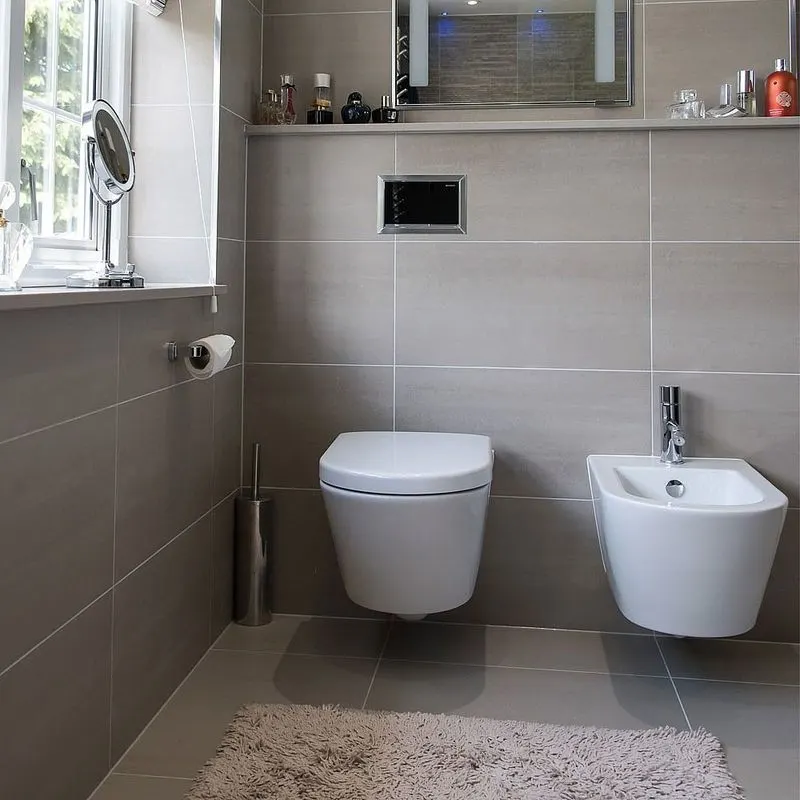
Bidets are a staple in Italian bathrooms, surprising many Americans who are accustomed to just toilet paper. Used for personal hygiene after using the restroom, bidets offer a water-based cleaning system that many find more refreshing and thorough.
This practice highlights a different approach to hygiene, focusing on cleanliness and sustainability, as it often reduces the need for toilet paper. The presence of bidets is widespread, often found even in modest accommodations.
This method is celebrated for its eco-friendly aspect and the fresh, clean feeling it provides.
Perfume Showers in France
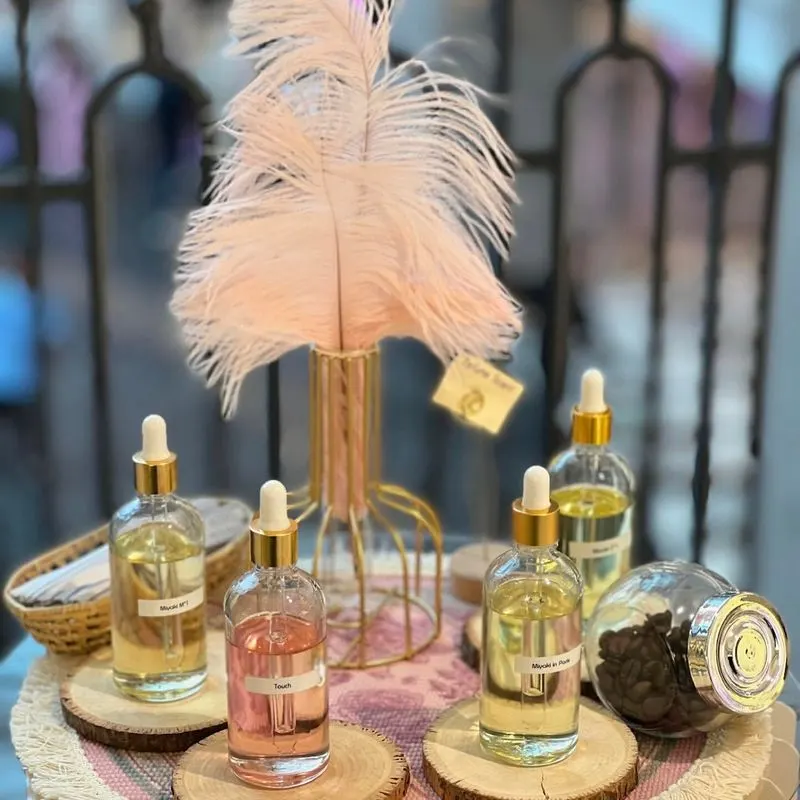
In France, the use of perfume is almost ritualistic, with many using it daily as a form of personal expression. While Americans might reserve scents for special occasions, the French often apply perfume multiple times a day.
It’s seen as an integral part of one’s identity, chosen carefully to reflect personality and mood. This practice underscores the French appreciation for subtlety and elegance, transforming a mundane routine into an art form.
The fragrance is not just about smelling good but about feeling confident and refined, embodying the spirit of French sophistication.
Drinking Tea for Digestion in China
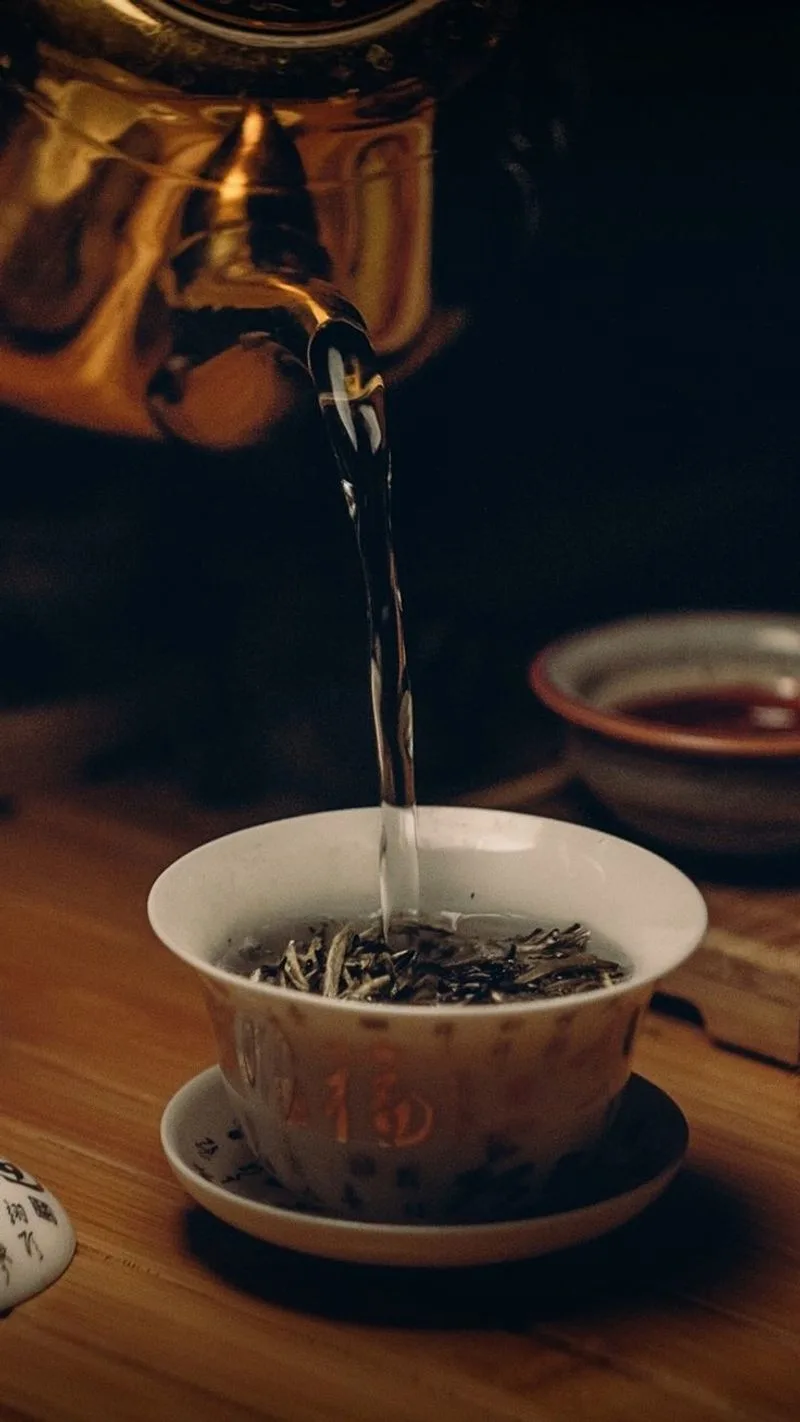
In China, drinking tea, especially after meals, is a habitual practice for aiding digestion and promoting health. This tradition, deeply rooted in Chinese culture, sees tea as more than just a beverage; it’s a therapeutic ritual.
The choice of tea varies, with green and oolong teas being popular for their digestive benefits. Americans might find this practice surprising, as post-meal coffee is more common in the U.
S. The flavor and warmth of the tea provide a soothing end to a meal, reflecting the Chinese philosophy of balance and harmony in daily life.
Public Bathhouses in South Korea
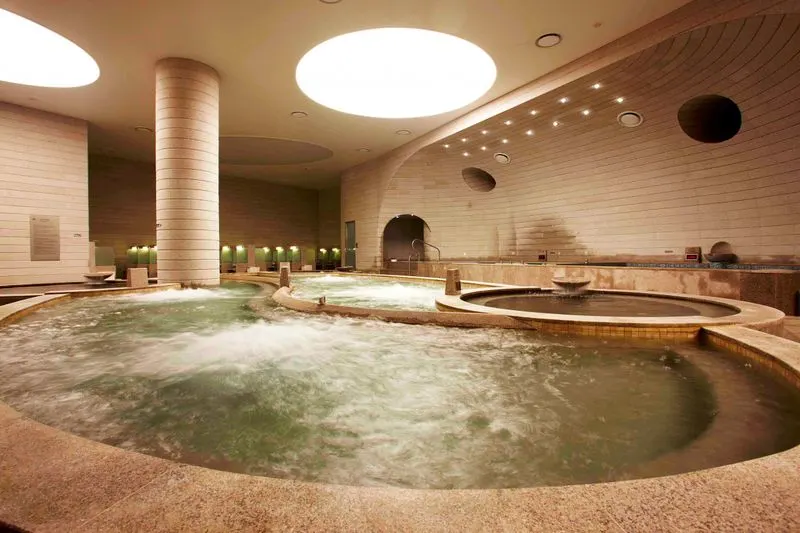
South Korea’s jjimjilbangs are public bathhouses offering a variety of spa facilities, where families and friends gather for relaxation and socializing. These establishments include hot tubs, saunas, and resting areas, providing a comprehensive relaxation experience.
While Americans might find the communal aspect surprising, jjimjilbangs are deeply ingrained in Korean culture. The emphasis is on rejuvenation and community, offering a space to unwind and connect with others.
Visitors often spend hours enjoying the various amenities, making it both a leisure activity and a cultural experience.
No Handshakes in India
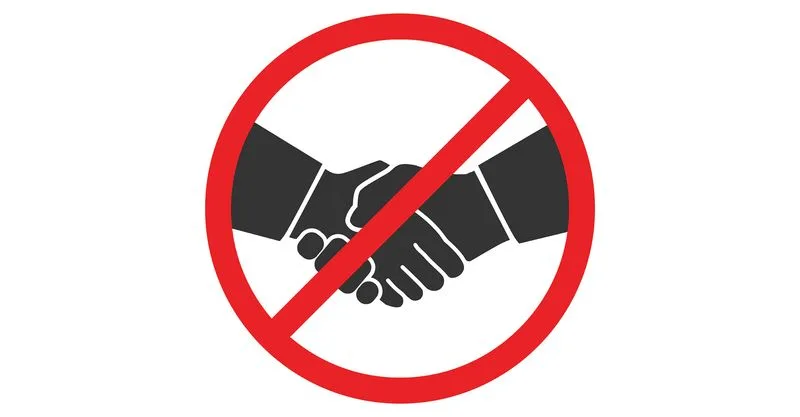
In India, the traditional greeting of ‘namaste’ replaces handshakes, reflecting cultural values of respect and spirituality. This gesture, with palms pressed together, is a respectful acknowledgment of the other person.
While Americans might be accustomed to handshakes, ‘namaste’ signifies more than a greeting; it represents a heartfelt exchange of mutual respect. This practice highlights India’s deep-rooted spiritual traditions and the importance of non-verbal communication.
It avoids physical contact, which is often appreciated in a diverse and densely populated society, emphasizing personal respect and humility.
Frequent Hair Washing in Brazil

Brazilians take pride in their appearance, and frequent hair washing is a common part of their beauty routines. The warm climate and active lifestyle contribute to the need for daily or near-daily washes, which ensures freshness and vitality.
This habit might surprise Americans, who often wash their hair less frequently to maintain natural oils. In Brazil, hair care is seen as an essential aspect of personal grooming, reflecting the vibrant and dynamic culture.
Emphasizing cleanliness and self-care, this practice showcases the Brazilian dedication to looking and feeling good.
Sand Bathing in Japan
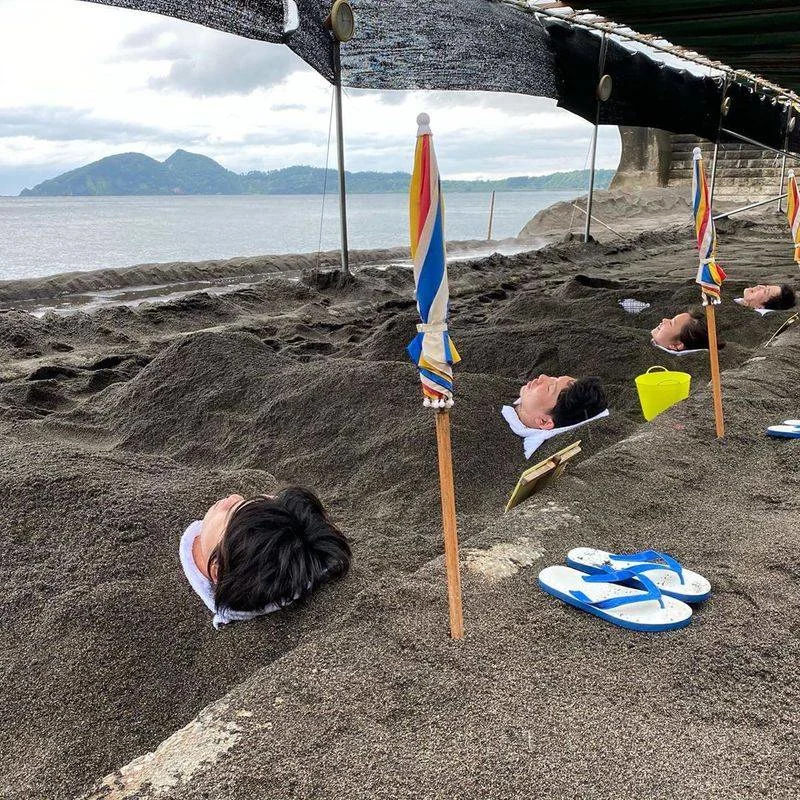
In Japan, sand bathing, or ‘suna-mushi,’ involves being buried in naturally heated sand, offering a unique relaxation experience. This practice, prevalent in certain hot spring regions, is believed to improve circulation and detoxify the body.
Participants often enjoy the sensation of warmth and weight, finding it a comforting and rejuvenating experience. While Americans might find the idea unusual, sand bathing is cherished for its health benefits and connection to nature.
It reflects the Japanese approach to wellness, combining traditional practices with a deep respect for natural resources.
Chewing Mastic in Greece
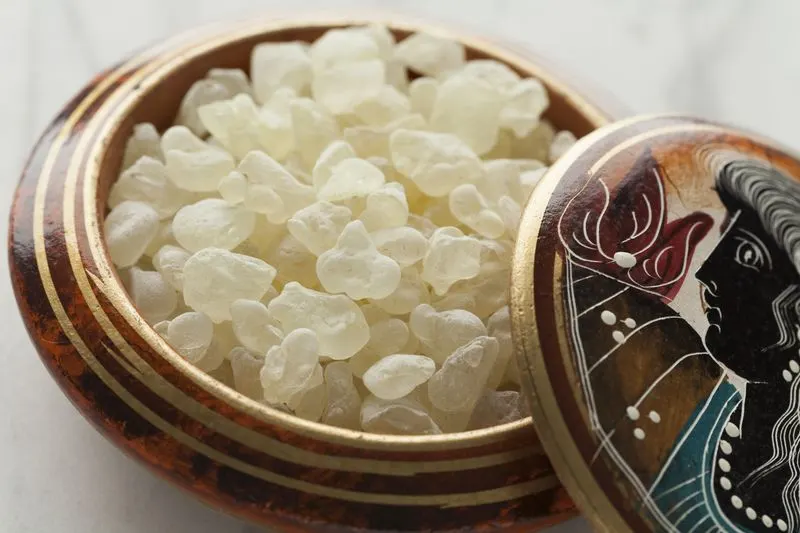
In Greece, mastic gum is a natural resin chewed for its unique flavor and potential health benefits. Known for its anti-inflammatory properties, mastic has been used for centuries in Greek culture for oral health and digestion.
The practice might surprise Americans, accustomed to sugary gums. Mastic offers a connection to nature and tradition, with its origin on the island of Chios.
Chewing mastic is seen as a mindful practice, promoting fresh breath and a clean mouth, while also being a distinctive and flavorful experience, embodying the Greek appreciation for natural remedies.

